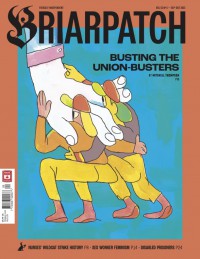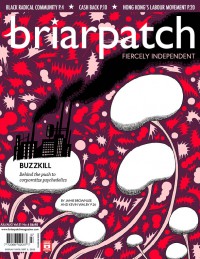-
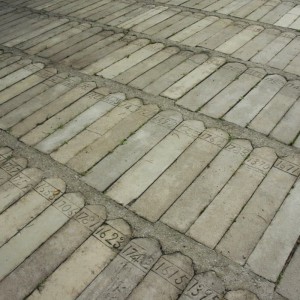 Magazine
MagazineClass inaction
Survivors are speaking up about the abuse they endured in Canada’s government-run institutions for disabled people. Class-action lawsuits promise them justice – but can they deliver?
-
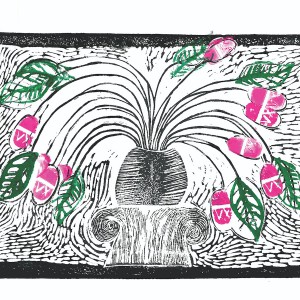 Magazine
MagazineThe pressure to be cured
Both professional and popular psychology are focused on “curing” individuals of distress. But without looking at a person’s social and political context, the pursuit of a cure can do more harm than good.
-
 Magazine
MagazineThe Deep
If you’re like me, your path out of this prison will follow the path of grief: denial, anger, negotiation, depression. But only acceptance and behavioural modification open the Big Locked Door. The staff say you are here to get better, but you are here to mourn your illusion of sanity.
-
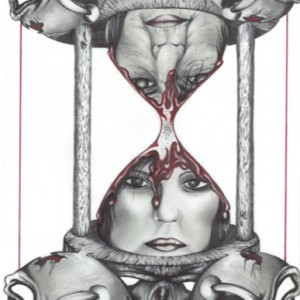 Magazine
MagazineDeath by a thousand cuts: Aging in Canadian prisons
Elderly prisoners need health care, not incarceration.
-
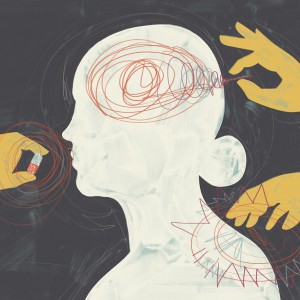 Magazine
MagazineIngesting surveillance
A new digital pill that tracks whether it has been ingested is poised to enter the Canadian market. But for people who are incarcerated and medicated, it threatens to expand surveillance both inside and outside prisons.
-
 Magazine
MagazineWhen psychiatry burns
From ADHD to major depression, a family doctor takes a critical look at the power of modern psychiatry and the forces that shape it.


